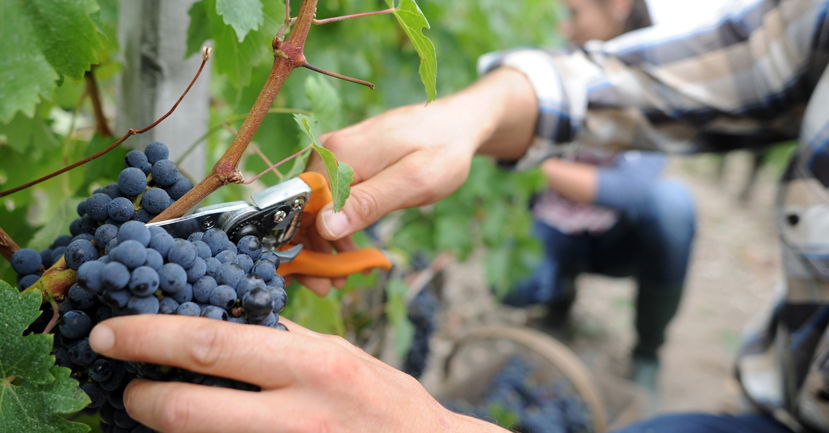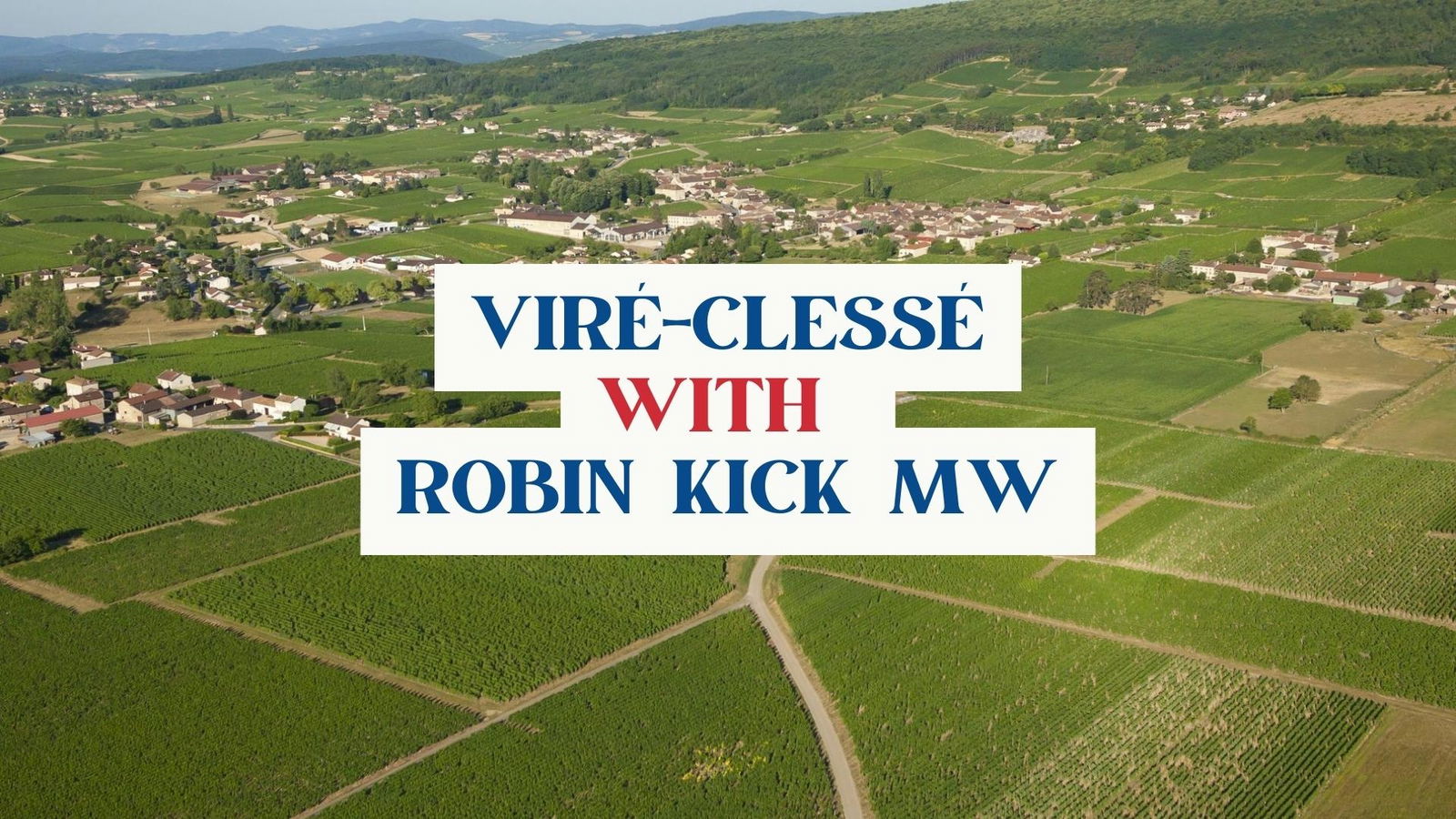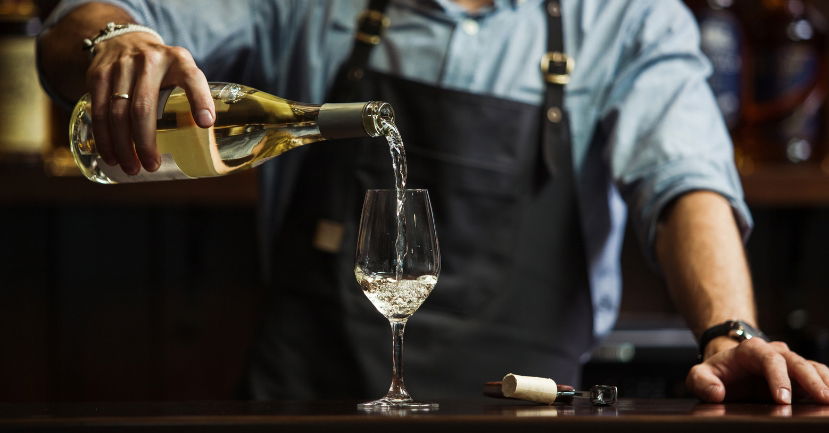BLOG
Hot Yet Hopeful: A Quick Look at the 2019 French Wine Harvest
Andrew Jefford
Tasting & Trends

After a generous 2018 French-wine harvest, nature has dialed back on its beneficence by around 12% in 2019: initial estimates put the crop at around 43.4 million hl compared to 49.4 m hl last year. That’s not disastrous, though, especially since clouds have been gathering over the export scene in the last few months: the USA has imposed 25% tariffs on French wines under 14% abv, while sales to Hong Kong (often the preferred route into China for French fine wines) dropping by 26% over the last six months of political turmoil there. The generally hot weather of 2019, of course, may give French wines a helping hand back into the US if those tariffs linger: it wasn’t hard to produce wine over 14% this year.
Let’s check out some details. In most French regions, December and February were both mild and January ‘normally’ cold. Spring itself was cold, too – the students on my first Burgundy tour in May 2019 will remember shivering in the vineyards of Les Lys in Chablis – and that gave the season a relatively late start, with some uneven flowering. Spring frosts in the Loire valley (Muscadet and Anjou) cut yields significantly, but those experienced in Burgundy and in Beaujolais during April were less damaging than in 2016 and 2017.
By the end of May and the beginning of June, things were warming … and warming … and warming. France pummeled its own absolute heat record on June 28th just 34 km from where I sat at my desk in the Hérault, with a temperature of 45.9°C (114.6°F), exceeding the 2003 record of 44.1°C by an alarming 1.8°C. This heat spike either partially or wholly sun-burned around 8,000 ha in the Gard and Hérault. In other regions like the Loire and Bordeaux, it was the heat spikes which came in July which were fiercest: the temperature hit 41.1°C (106°F) at Bordeaux’s Mérignac on July 23rd. Growers throughout the country began to be fearful that another 2003 was in the offing.
“A benediction from the gods,” was how Olivier Humbrecht MW described the rains which fell in early August. They were indeed ample in Alsace (equivalent to the total which had fallen in the last six months of 2018, and led to what Philippe Blanck called “an almost perfect harvest”) but less so elsewhere; heat stress continued to be a problem in Bordeaux, Burgundy, the Loire and throughout Southern France, and it now began to be obvious that a smaller crop (and the challenge of mixed ripeness thanks to June’s stuck maturations) would be a feature of 2019. August weather in general, though, was copybook, and so too was September, leading to an unhurried vintage from mid-August onwards: enough time to tackle the mixed ripeness issues. The only region unfairly treated by August was Beaujolais, which saw three major hailstorms strike on August 18th, affecting around 1,500 ha.
The wines are now fermented and beginning their maturation cycle. No one is rushing into unwarranted claims of grandeur, but there’s optimism nonetheless, particularly in Champagne, which enjoyed a second trouble-free vintage in a row and where the Pinots in particular looked magnificent. Volumes are down by 30 or 40 per cent on last year in Burgundy and Chablis but quality is enticing. Bordeaux growers look to have landed a fourth good-to-great vintage out of five (2015, 2016, 2018 and now 2019); and in the Loire they’re smiling, too, since the warm conditions seem not to have jeopardized classic freshness.
Heat challenged the growers of the South more comprehensively, but even here there is satisfaction. Southern Rhône growers, for example, were surprised to find their vines holding up much better in 2019 than they did in the heat of 2017 or 2003, perhaps because of ample winter rains, perhaps because of the cool spring, or perhaps because the fierce bite of the summer heat spikes dropped away at night. In Roussillon quantities are down by up to 40% (flowering difficulties, summer heat and parched wild boar coming off the hot mountain tops) but quality is good. That’s what I’m hearing from the hill vineyards of the Languedoc, too. The overall heat summations still put 2019 clearly into the frame of a ‘global warming’ vintage (1.5°C above the 30-year-average in Bordeaux, for example), but quality suggests that we haven’t yet moved out of the Goldilocks zone of that process. That will change, but it hasn’t yet.



